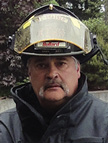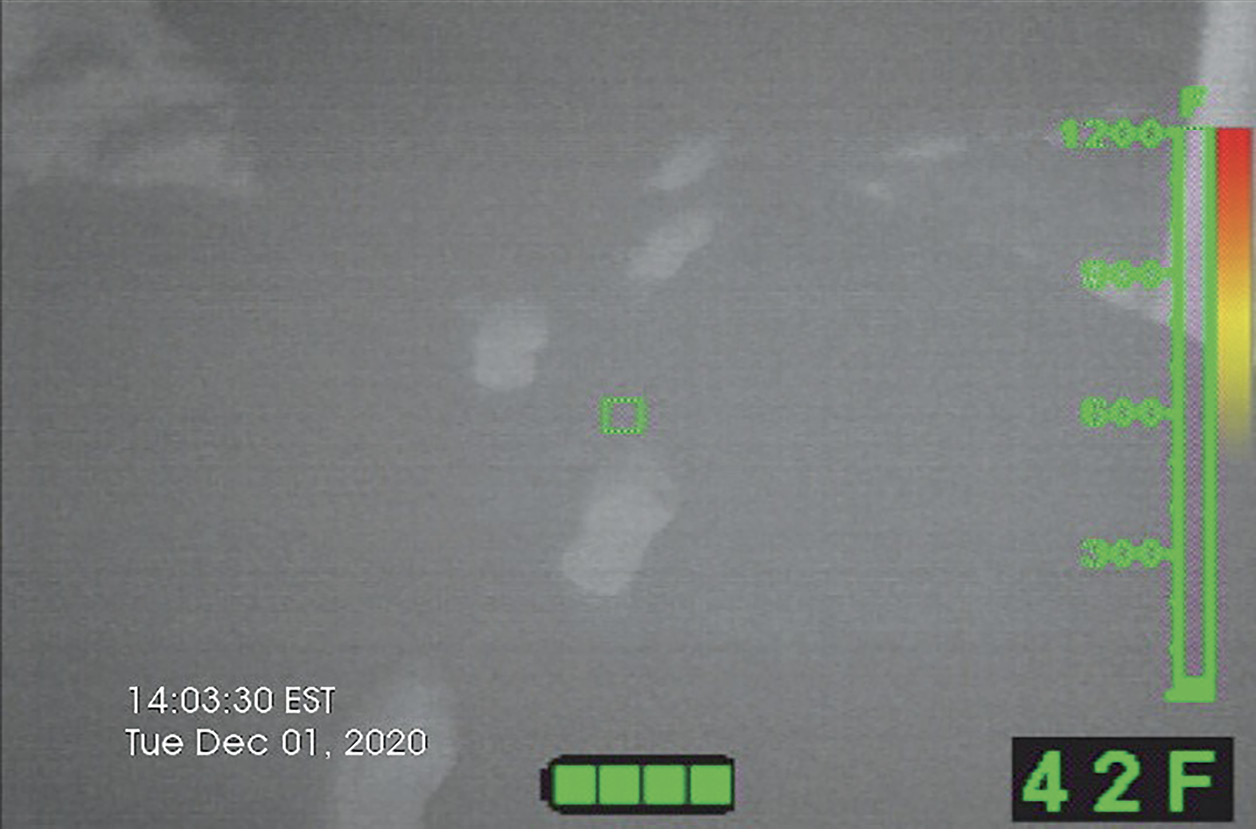Thermal Imaging | Manfred Kihn
By now, many of us have been buried for several months under the cold, white stuff, which can wreak havoc on a firefighter’s ability to do the job safely when using a thermal imager (TI).

Wintertime is no fun unless you are on skis or riding a snowmobile gliding across a frozen lake with powdered snow. That leads me to this question: What kind of factors can a cold climate have on interpreting what your TI is telling you?
One of the key problems I have experienced is called “Cold Climate Condensation.” Now, picture a blizzard with strong winds and the temperature dropping way below 0°F. The apparatus and equipment are all snuggled warmly in the firehouse until that alarm comes in that warrants your response. Arriving on scene in the blistering cold, you grab your much-valued TI, take it into the cold elements, then into the burning structure, only to find your screen has turned white. You toss the TI aside, as it is no good to you at this point. Wait, did you have to clear the face piece on your self-contained breathing apparatus because of condensation? Well, the same effect has happened to your TI. Wipe the display screen and front lens quickly with your gloves to remove the condensation. So, a point to remember: Wipe your mask, wipe your TI!
RELATED
Thermal Imaging Use in Fire Prevention
Think Strategic Deployment During Fire Attack
Image contrast is another factor to consider. The colder temperature will provide a better definition because of a greater initial thermal differential with warmer objects.

1 Footprints are visible in the snow when you are using a TI and can help aid in search and rescue. (Photo courtesy of Bullard.)
One of the most important considerations is your batteries. A cold environment will deplete your battery life faster than a warm climate. Be mindful if you are outside for extended periods, perhaps on a victim search and rescue mission, to keep your spare battery on the charger or as warm as possible in a place such as your inner pocket.
The TI is a great tool for conducting a quick patient assessment. You don’t need an accurate temperature measurement to tell if a patient is hypothermic or suffering from frostbite. The basic colorization used in a TI is as follows: White is hot, black is cold, and everything in between is shades of gray. So, if I’m using my TI and looking at cold extremities, my display will show fingers, hands, toes, or feet in black. This information can be relayed to the medics or hospital staff for appropriate treatment.
Image degradation will occur when it’s raining, foggy, or snowing because the water particulates absorb the infrared before it reaches the TI, giving you a very grainy image on the display. There is nothing wrong with your TI; just remember that there are visual limitations in using a TI, and this is one of them.
Let’s look at another scenario. A vehicle fire has occurred in an underground garage and first-in responders experienced a loss of thermal vision using their TI because of the amount of water flowing from 12 sprinkler heads that were triggered by the fire. Firefighters are not able to find any standpipes or egress if the situation goes south because of the amount of water and smoke. As the firefighters get closer to the vehicle fire, they can pick up a decent heat signature on their TI display screen. Of course, the firefighters used traditional and basic methods of firefighting until they could see. Always remember and apply your basic firefighting skills, which a TI should never replace.
Here is another tip to remember in the wintertime when using a TI to conduct an outdoor victim search and rescue, especially in low-light conditions: Footprints in the snow can be seen for a long time with the use of a TI. Even though we are not tracking any sort of heat signatures, as there are none, we are tracking the footprints that were made because of the disturbance in the snow’s emissivity. So, keep that in mind at your next motor vehicle call with an ejected victim or a missing person from a senior living facility.
Whatever the environmental conditions throw at you, always remember that the TI is a valuable tool, but it may have some limitations. Always remember your basic firefighting training!
Manfred Kihn is a 19-year veteran of the fire service, having served as an ambulance officer, emergency services specialist, firefighter, captain, and fire chief. He has been a member of Bullard’s Emergency Responder team since 2005 and is the company’s fire training specialist for thermal imaging technology. He is certified through the Law Enforcement Thermographers’ Association (LETA) as a thermal imaging instructor and is a recipient of the Ontario Medal for Firefighters Bravery. If you have questions about thermal imaging, you can e-mail him at manfred_kihn@bullard.com.

